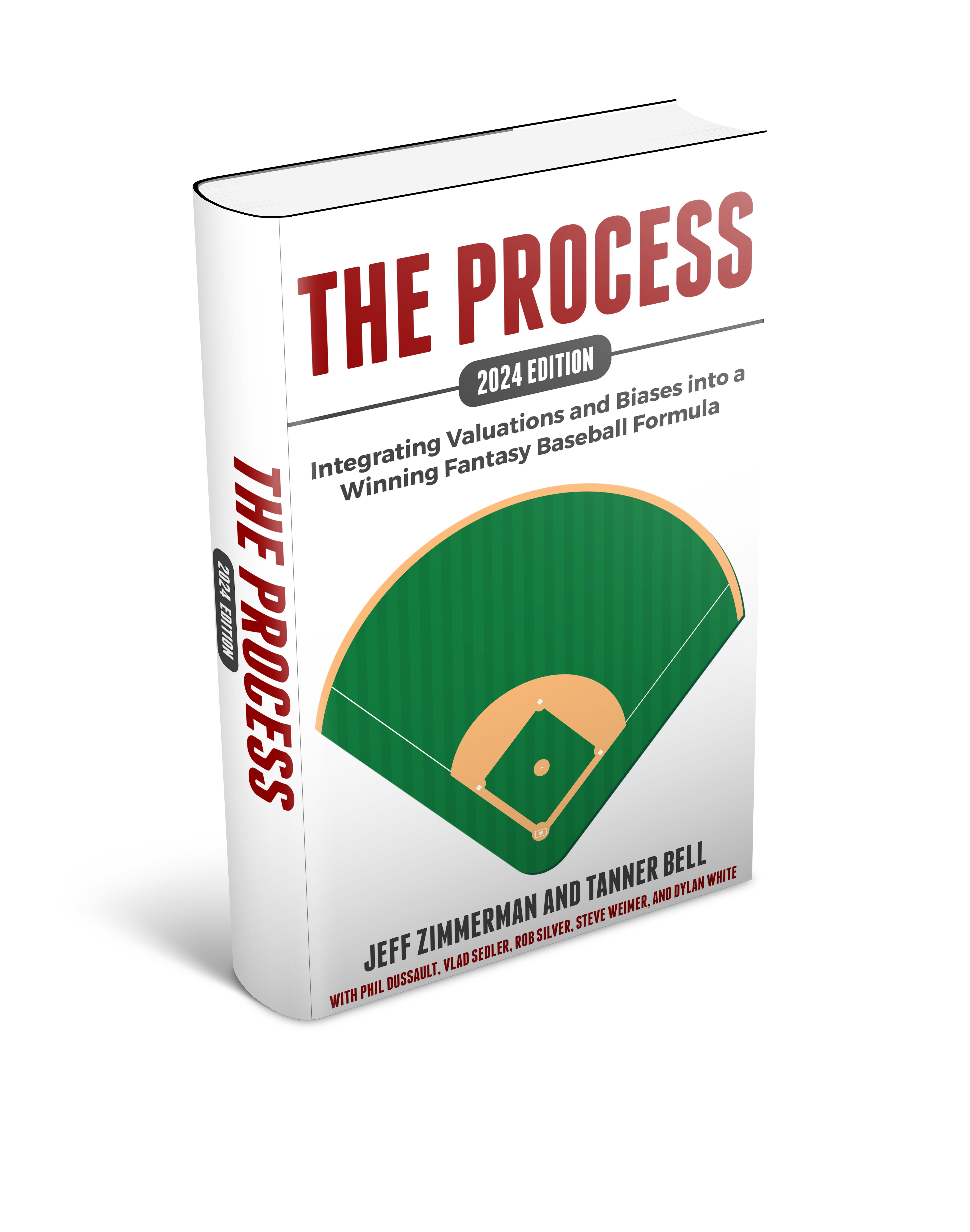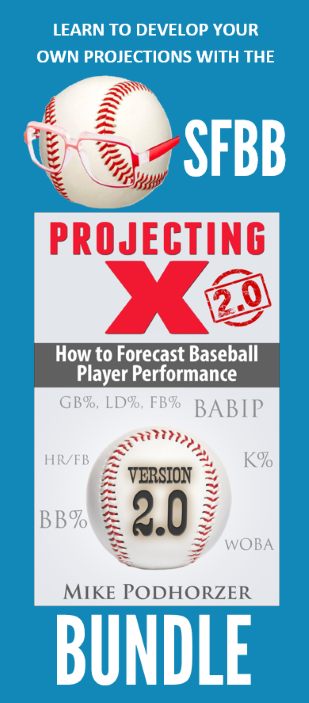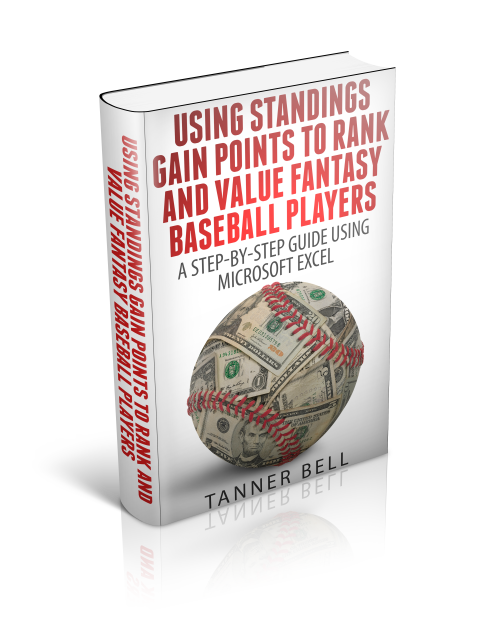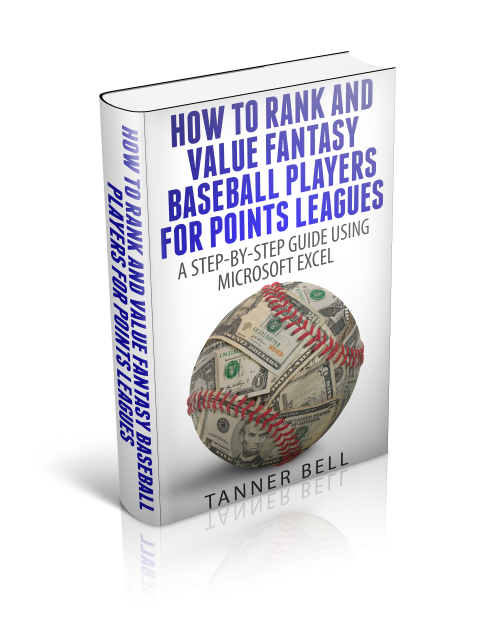Having discussed the overall Skills, Opportunity, and Surroundings approach to fantasy baseball decision making, and breaking down the “Opportunity” component, let’s now focus on “Surroundings”.
Be Honest…
When you were preparing for your fantasy baseball drafts, did you even look to see what spot in the lineup players would bat?
The Importance of Batting Order
You know that Mike Napoli, Salvador Perez, and Jonathan Lucroy are catchers. But do you know that Napoli bat and Perez bat clean up and Perez and Lucroy hits fifth. They hit in the heart of the lineup on pretty strong offensive teams. Matt Weiters and Carlos Santana have batted sixth most frequently. Wilin Rosario usually hits seventh.
(Thanks to MLB DepthCharts at Baseball Prospectus for the current lineup information.)
If you didn’t catch Smart Elsewhere #1, it’s a great read. The article by Tristin H. Cockroft (follow Tristan on Twitter) contains great statistics about the additional at bats a player gets by batting higher in the order and the additional production a player contributes by batting in the heart of the order. Understanding and applying these concepts will help you squeeze more value out of your drafts and in season pickups.
Cockroft’s article notes that, on average, a cleanup hitter gets about 0.30 plate appearances more per game than a seven hitter.
That’s almost 50 more times to the plate over the course of the season (162 games * 0.3 = 48.6). Even if player X is not as skilled as a player Y, he might outproduce player Y if he comes to the plate 50 more times.
If we approximate that a full-time starter would have about 600 plate appearances, an increase in 50 plate appearances is an increase of 8.33% (50 / 600 = 8.33%). And an increase in plate appearances should have a direct correlation with increases in counting stats like runs, home runs, and RBI. An 80 run, 25 HR, 90 RBI player instantly becomes an 87 run, 27 HR, 97 RBI player.
Compounding Effect
My numbers above only account for the increase in plate appearances. But there’s more to the story. Comparing a seventh hitter to a cleanup hitter, there will be an increase in production for the cleanup hitter due to hitting near better offensive players. A seventh hitter will get solid RBI opportunities due to batting with the fourth, fifth, or sixth hitters on base. But that seventh hitter will be less likely to score runs due to having the eighth and ninth hitters hitting behind him.
Not only will a fourth hitter will see more plate appearances than a seventh hitter, those plate appearances will be in more productive situations because of the better hitters surrounding the cleanup hitter.
The Hard Numbers
Taking into account the additional plate appearances and the better surroundings, according to Cockroft’s findings, a cleanup hitter averages 0.839 Runs + RBI per game (the combined total of runs and RBI, so nearly one RBI or one R per game). A seven hitter averages 0.652 Runs + RBI per game. That difference is 0.187 R+RBI per game. Over the course of a 162 game season, that is over 30 more Runs/RBI per game.
Other Components of “Surroundings”
Position in the batting order is a significant piece of the surroundings factor. Others to consider are:
- Lineup Strength – Cockroft’s article also gives specifics about the additional plate appearances and run production created by playing for a top offense as opposed to a poor offense. A cleanup hitter for a top five offense can be expected to have 0.971 Runs + RBI per game; whereas a cleanup hitter for a bottom five offense can expect only 0.737 Runs + RBI per game.
- Park Factors – Certain Major League parks allow for more run scoring than others. The factors on this ESPN page show the 2012 park factors for run scoring. I believe the phrase “park factor” can mean different things to different people, but for ESPN a factor of 1.000 would mean that a team would be expected to score the same amount of runs playing home games in a park as they would if they were playing on the road.
- AL vs. NL – I haven’t found any hard data that gives specific details about the differences between the two leagues, but we know it’s easier for pitchers in the NL. At the very least, facing a pitcher every 9 batters is a huge advantage.
- Injuries – I decided to group injuries in the “Surroundings” category. There’s an argument to be made that staying healthy is a skill (and belongs in the “Skills” category). Or that being injured reduces your “Opportunity” to play. But I view surroundings as outside forces that affect a player’s performance for the better or worse. Being injured or being healthy certainly affect performance. When you consider the scenario that players will play hurt but not miss time, I think raw “Skills” are not affected. Rather, it’s an outside factor causing a drain on performance.
- Contract Status – Whether or not you believe a player in a contract year will perform better than when not in a contract year, it’s still something to consider. And contract status can also affect a player’s opportunity. A team is likely to stick with a struggling $15 million /year player than they are to stick with a struggling player with remaining minor league options.
Conclusion
Monitoring where your hitters are hitting in the lineup and targeting those hitting high in the order is a great way to give your team a slight edge. When you get to the end of a rotisserie season and it’s only several runs or several RBI separating teams in the standings, think about how every at bat counts along the way.
Be smart.






